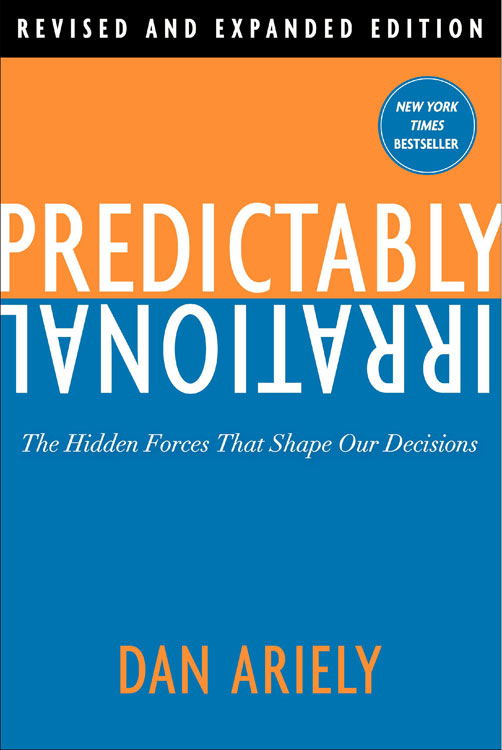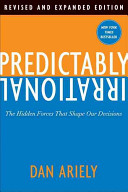

Why? Because academics study the same topic for years in all its details and intricacies, and by the time we become one of the world’s experts on that particular topic, the whole domain seems simpler and more intuitive.

The point is that when we know something and know it well (for example, the song that we have picked), it is hard for us to appreciate the gaps in other people’s understanding-a bias that is called “the curse of knowledge.” We all suffer from this affliction, but it’s particularly severe for academics. Then I ask the students who were listening to the beat to name the song that they think was being played, and almost no one gets it right. They usually think that about half will get it. Next I ask the students to predict how many of the students in the room will correctly guess the song’s name. “Here’s a game I sometimes play in my class: I ask a few students to think about a song, not to tell anyone what song they picked, and tap the beat of that song on a table.

Inevitably, both participants keep bidding higher and higher until at some point one person realizes how crazy this is and they stop (and the person stopping ends up losing $95 more).”ĭollars and Sense: How We Misthink Money and How to Spend Smarter This time it’s $5 ($105 bid minus $100 winnings), but the loss will only increase from there. But at this point, when the bidding is over $100, if they say yes, that means they are now actively bidding knowing that they will lose money. As before, if they say no, they’ll lose their previous bid: $95. Next, Dan asks the person who’s bid $95 if they want to go to $105. Then he asks the first person the same question, and he happily agrees to go to $100. He asks the $85 bidder whether they want to continue to $95. At that point, Dan stops them and reminds them that the first person will win $10 ($100 minus $90) and the second person will lose $85. (The $55 bidder will pay $55 to get $100 and the second bidder will pay $50 and get nothing.) At some point, someone bids $85 and a competitor bids $90. As the game progresses, the bids rise to $50 and $55, at which point Dan will have made money. The last rule is that the second-highest bidder also pays what he or she has bid, but gets nothing.

Rule #3: The winner pays the amount of his or her final bid and gets the $100. Rule #2: Bids can only increase by $5 at a time. “One way Dan demonstrates to his students the concept of sunk cost is through a game in which participants bid to purchase a $100 bill.


 0 kommentar(er)
0 kommentar(er)
